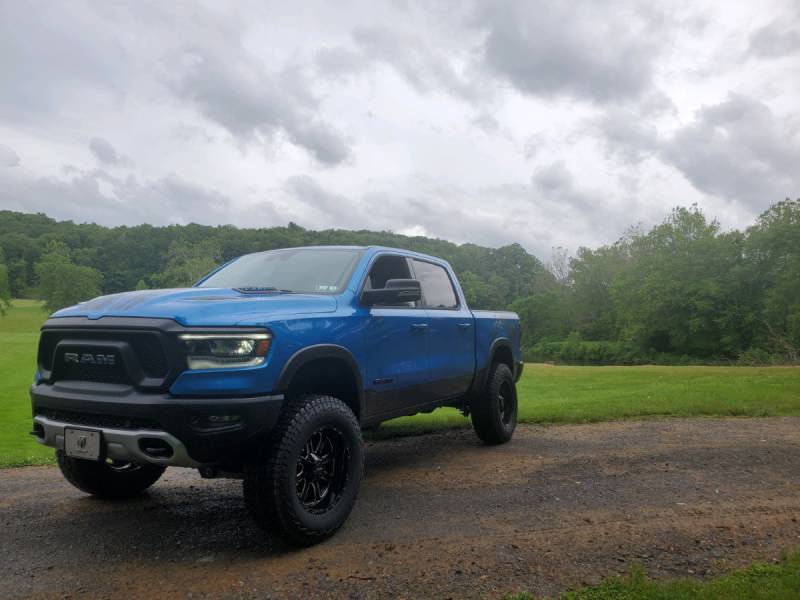The windshield of your pickup truck is prone to a variety of accidents, scrapes, and other occurrences that might damage it. A flying stone, gravel, or a collision may quickly produce a tiny fracture or chip. These minor faults may progress to spider cracks over the whole windshield if not addressed promptly. Find out how to repair a damaged windshield using a windshield chip repair kit.
1. Clean the space
Cleaning the glass surrounding the chip is one of the first steps of mending a windshield chip. Any dirt or other material in the chip or fracture might jeopardize the repair and cause glass defects. Wipe the surface with a microfiber cloth and a tiny bit of rubbing alcohol. Because the margins of a fracture might be sharp, proceed with caution. Before putting on the patch, make sure the region is dry .
2. Put the patch in place
Remove the patch's paper backing and align it with the damaged area of your windshield. A chip or crack bigger than the circular cutout on the patch will not be mended effectively using this kit. Place the patch on the outside of your windshield, centered over the damaged area. A pedestal is included in most patch kits. The angled tube on this molded plastic item allows for simple epoxy application. Press the pedestal against the adhesive after aligning the tabs.
3. Apply epoxy resin
Some resins need to be blended, while others arrive pre-mixed or may be mixed as you go. Fill the pedestal halfway with liquid resin and use the syringe to push it down. After the syringe has been completely squeezed, gently hold the pedestal while pulling the plunger back up.
The epoxy in the pedestal will not be drawn back into the syringe if it is adequately mixed. Draw the syringe up to its maximum height without removing it from the pedestal. A little clip is included in some kits to prevent this from occurring. Other kits need you to keep an eye on the syringe's location. If you let the syringe fully retract, you won't be able to produce the required suction.
A vacuum is created in the syringe when the plunger is drawn up. Although the vacuum isn't powerful enough to pull the epoxy glue-up, it may let air bubbles escape from the broken region.
4. Get air bubbles out
Keep an eye out for symptoms of air bubbles escaping and wait the kit's advised time. This might take anything from one to ten minutes. Remove the syringe only when air bubbles are no longer present and have been sucked out of the resin. This may seem like the most time-consuming step in repairing a windshield chip, depending on how many air bubbles there are.
5. Remove the syringe
Push the syringe plunger down again after all air bubbles have left the region to drive the remaining resin into the crack. The needle will barely go halfway down the pedestal before stopping. Knock on the window gently with your knuckles and push the syringe again. Don't push it; it should just move a half-inch this time.
Remove the syringe, patch, and pedestal gently when the given time has elapsed and the epoxy has hardened. You may need to apply another drop on top of the crack to ensure no indentation in the application.
6. Apply cure strip
For the final layer, most repair kits include a curing strip. To prevent air bubbles, gently place this on the fissure. Squeegee any leftover air bubbles while holding the strip in place. Allow the strip to sit for the specified amount of time before scraping it off with a razor blade. Don't rush this step or try to remove the strip by hand; instead, scrape it off with care for a smooth finish.
7. Remove excessive epoxy
With your razor blade, scrape off any leftover resin. Avoid leaving fingerprints on your windshield. After gently scraping off the residual resin and curing strip your windshield should look pretty much like new.
